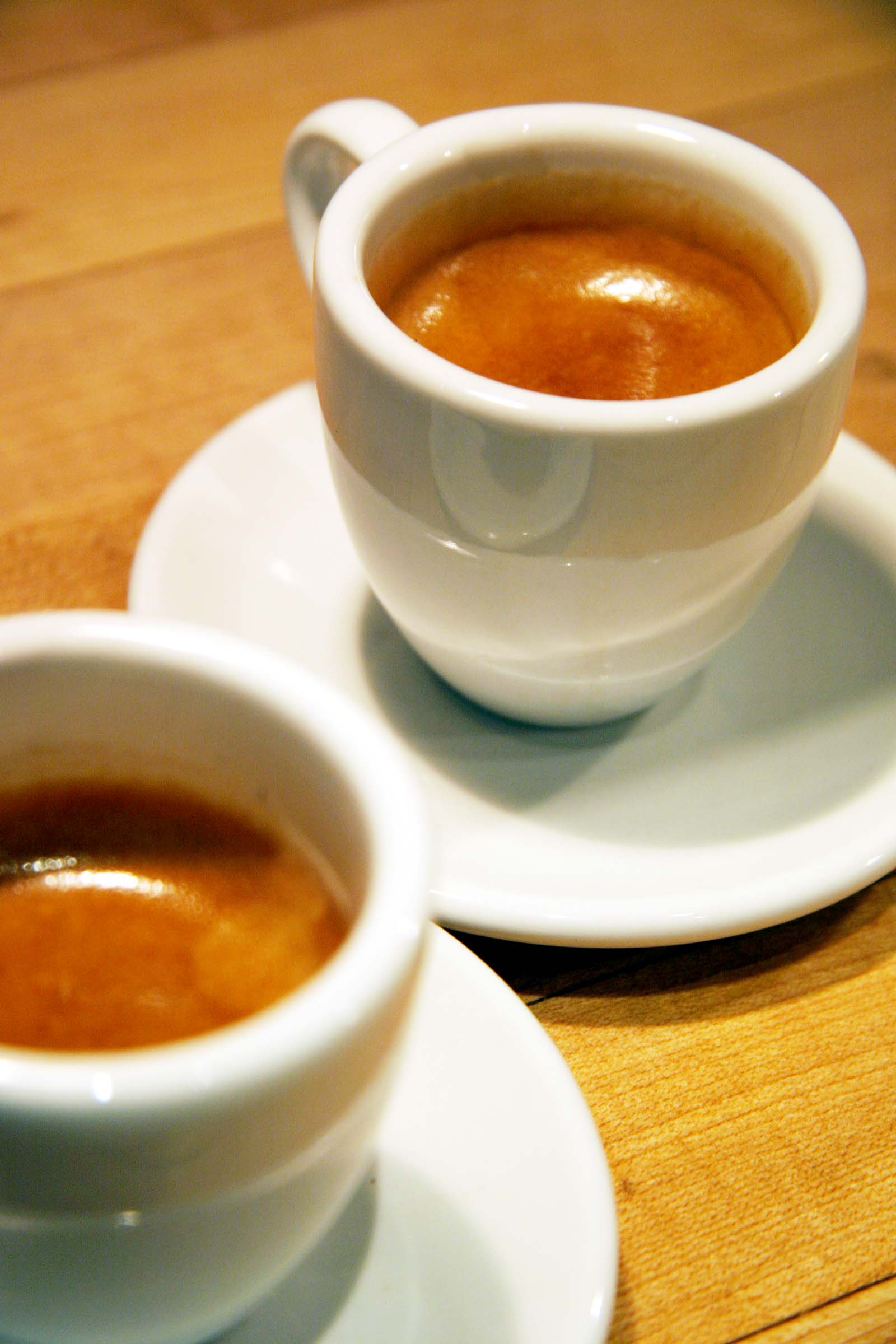Don’t know a mocha from a latte? A cappuccino from an espresso?
No worries!
Working in two, different independent coffee shops for the last few years has taught some valuable lessons and while I could go very in-depth about the controversy surrounding a very popular and very large coffee company who need not be named, I’d much rather inform you of the different kinds of coffee drinks and how to find one that fits you best.
So let’s do that, shall we?

Regular Black Coffee
What makes coffee interesting is that there are tons of different ways to prepare it.
The way the coffee bean is roasted and then ground makes all the difference in its taste and also the effect of the caffeine. While many people like to (ruin) alter their coffee with ample amounts of cream and sugar, it’s actually worthwhile to try a finely ground espresso versus the coffee made in French press.
French press: the coarsest grounds you can have when grinding coffee, the french press has a very delicate taste. In layman’s terms, you put the ground beans in the press, stir around and press it through for a delicious coffee beverage.
Drip: one of the most popular forms of coffee (especially in the U.S.), drip coffee is synonymous with simple, regular “coffee” that you would order in a coffee house. If you go to Europe, however, and order a “coffee” or “cafe”, expect espresso. Drip coffee is more finely ground than french press which means you’ll have more caffeine for your buck, but it is also the least interesting type in my opinion. Hot water is simply poured over the grounds and dripped through the filter.
Espresso: one of the most historically interesting and complicated forms of coffee making, espresso does a lot with just a little. Very finely ground espresso uses not only very hot water but a lot of pressure. Aside from being small or associated with philosophers, the espresso has a beautiful element: the crema. The crema is a cream-like substance created when making espresso. Thanks to science which need not be explained in this article, crema creates a multi-dimensional taste to your espresso. Some coffee houses will even give you a little spoon just to taste the crema on its own.
Turkish: one of my favorites, Turkish coffee is hard to find, but worth the search. Often at Mediterranean restaurants, they will ask you if you’d like some after your meal. Say yes! Turkish coffee is the finest ground coffee around. While not pressurized like espresso, it’s actually boiled giving the coffee it’s own unique taste and texture. Sometimes the brewer will add cardamom and sugar to the mix. Very tasty.

Espresso Drinks
This is where people tend to get confused. What’s the difference between a latte and a mocha or a cappuccino? Simple: they all take on variations of steamed milk and espresso.
Latte: Milk is steamed to about 160 degrees and espresso is added to it. While simple, it is one of the most popular drinks around. A caramel latte is pretty easy to figure out: espresso, steamed milk and caramel syrup.
Cappuccino: This is where milk steaming gets interesting. Cappuccinos require the milk to be frothed, or essentially make tiny, tiny bubbles from the liquid milk. The process makes a foam which is either topped on the espresso or mixed with a bit of milk. If you like more foam and less milk, ask for a dry cappuccino—a wet cappuccino is nearly a latte.
Mocha: Take a latte, take some chocolate, mix it all together and take a sip.
Mochaccino: Mocha + cappuccino.
Steamer: Trying to get rid of the caffeine jitters? Cut the espresso out completely and order a steamer: plain ol’ steamed milk (usually added with flavor).

Voila. Now it’s easy to order coffee drinks: know your basics and you can add/subtract as you please. A half-caf, extra dry, sugar-free caramel cappuccino may sound like Morse code, but to a barista it makes perfect sense and you’ll get exactly what you want.